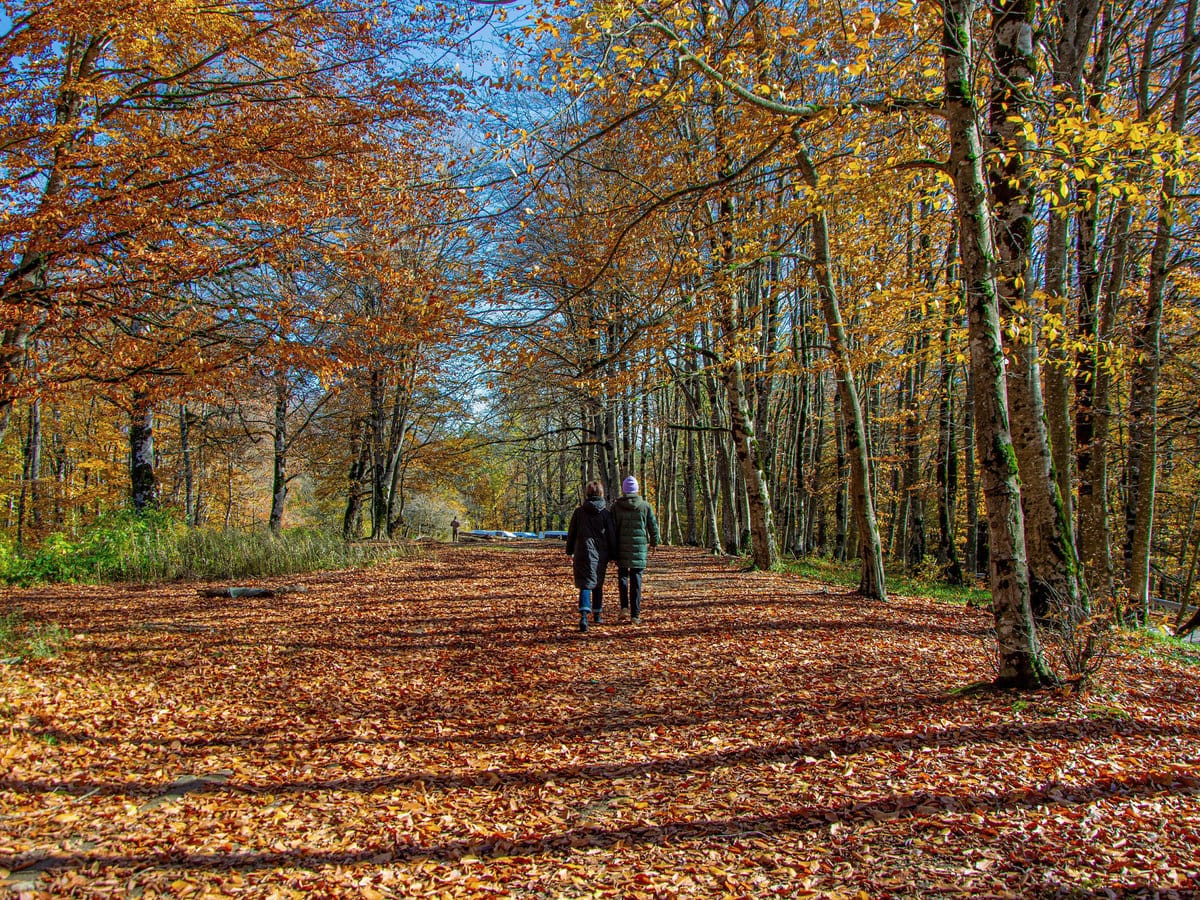I’ve lived in Georgia for about a year, and throughout that time I’ve travelled to several different states. Enormous with peaks, passes, mountains, and an abundance of varied landscapes, it’s undeniably among the best spots I’ve ever been for thrilling (and varied!) outdoor experiences. I’ve therefore made excellent use of both my vast expertise and my modest demeanour in this guide. and I’ve provided you with information about Georgia’s 11 national parks.
Anticipate isolated locations, accessible locations, and all points in between. Kids, you’re going to need a map, so bring one!
1. Tbilisi National Park
This is by far the easiest national park to get to if you’re in the capital city of Georgia. Although it’s not the most captivating or thrilling outdoor destination in Georgia, it does have some good treks and other intriguing sights. With a total area of 21,036 hectares (51,981 acres), it has been providing adventures since 1973.
Even if you can use public transport to certain portions of the park, it’s usually simpler to take a taxi to the exact location you wish to explore. To travel to the park, taxis typically cost between 30 and 50 lari, so the convenience usually justifies the cost.
2. Kazbegi National Park
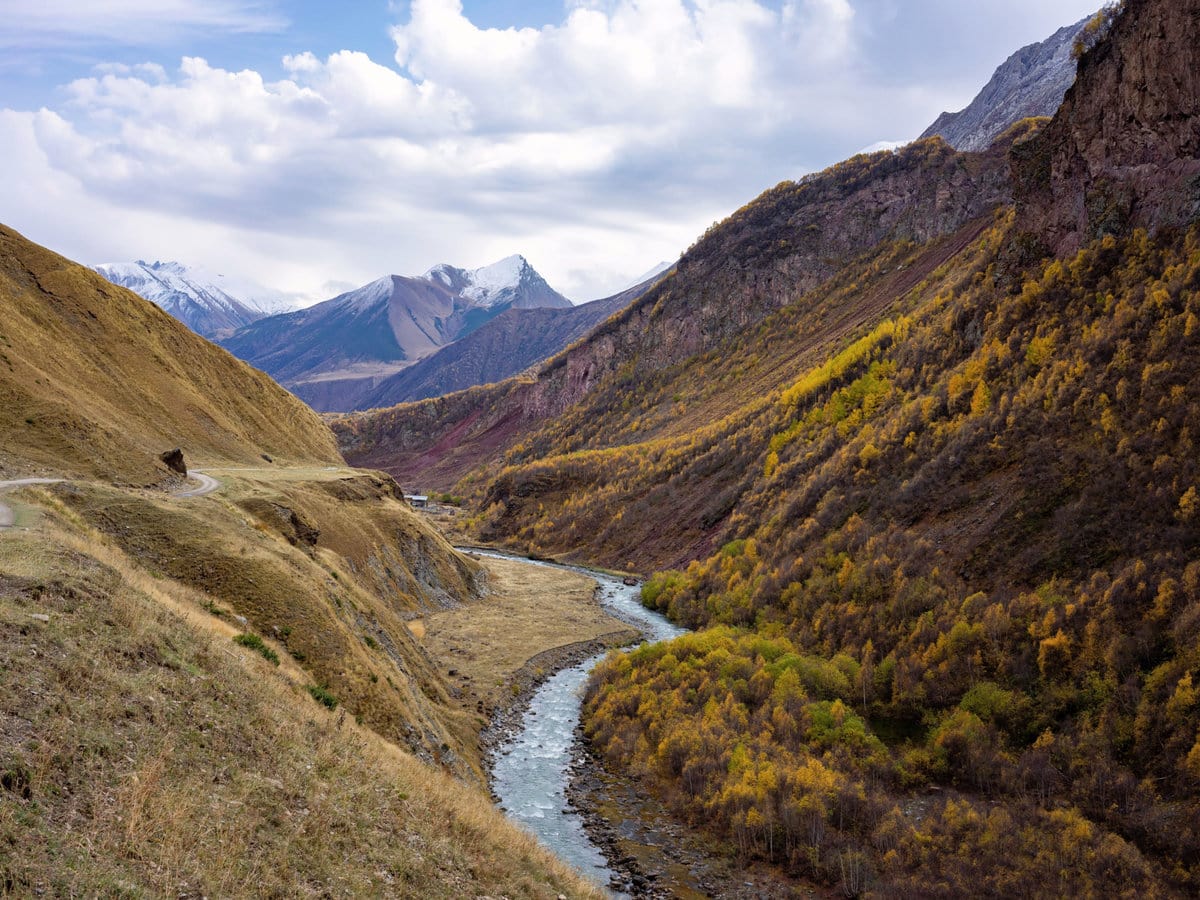
Georgia’s most well-known national park, peak-packed Kazbegi National Park, is located directly on the Russian border in the country’s extreme north. It was created in 1976 and spans 78,543 hectares (194,084 acres). It is the location of several of Georgia’s most well-known landmarks, such as the well-known and convenient base town of Stepantsminda, which is surrounded by mountains, the world-famous perspective of Gergeti Trinity Church, and some of the state’s most thrilling walks.
There are numerous hiking alternatives in the park, but the most well-known is the trek from Stepantsminda to the base of a massive glacier.
This is the place to be if you want something accessible yet exciting. Although the park offers some quite distant experiences, it is incredibly accessible—marshrutkas to Stepantsminda leave from Tbilisi’s enormous Didube bus station almost every hour.
This tour departing from Tbilisi is perfect if you want to explore some of the park’s highlights in a timely and convenient manner.
3. Borjomi-Kharagauli National Park
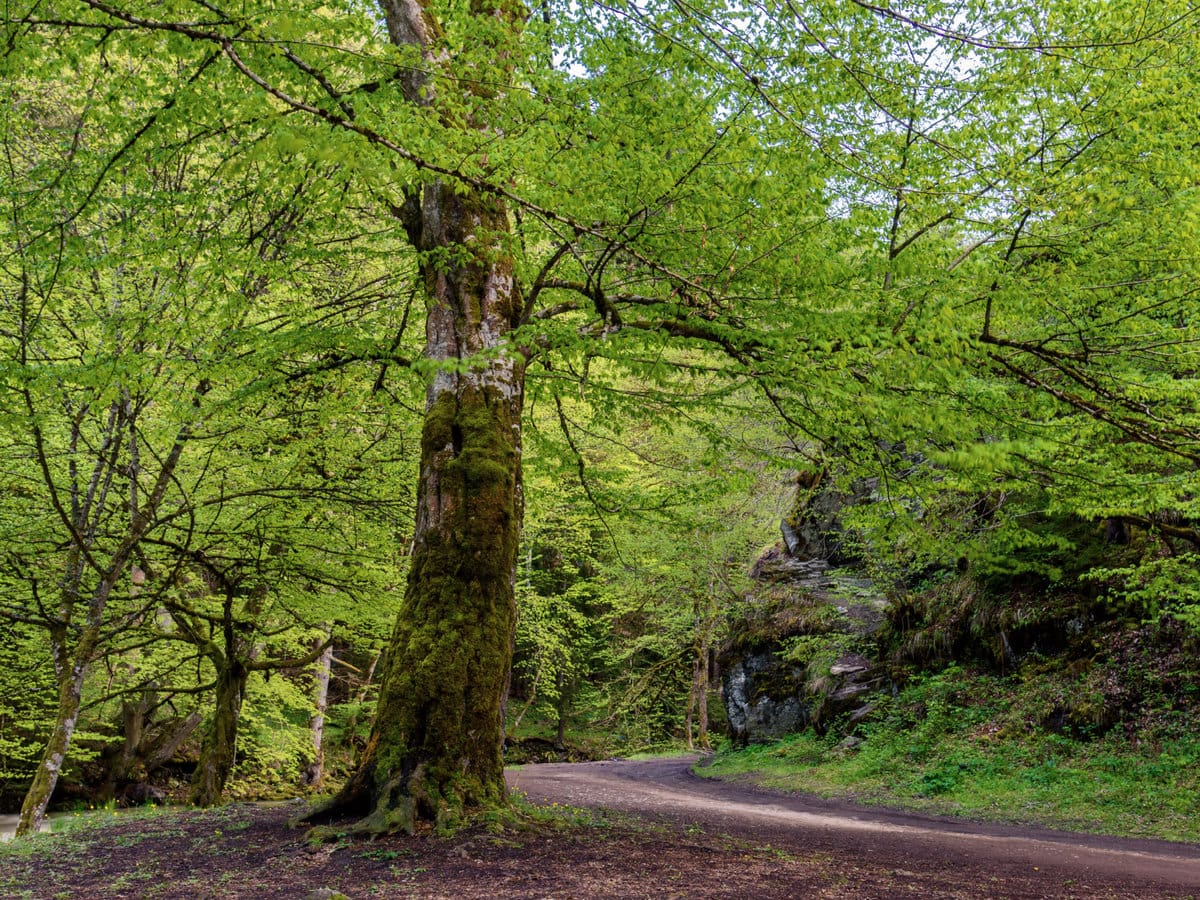
In Georgia, Borjomi-Kharagauli National Park is the most well-known trekking destination after Kazbegi. It’s wooded, forested, and undulating, making it rather low-level in comparison to some of the other locations on this list. If you like trees to mountains and ridges, this is the place for you.
In 1995, the park was formally created. The one-day Footprint Trail is a great introduction trek if you want to join the walkers and wanderers here. But you also have mountain bike and horseback riding trails, as well as strenuous multiday excursions. This is one of the top national parks in the country in terms of infrastructure.
Also, the area is adjacent to the incredibly well-known natural outdoor baths in Borjomi as well as the spring where you can sample the area’s famously eggy water straight from the source. The town of Borjomi is the best place to enter the park. Regular marshrutkas from the Didube bus station go to the town from Tbilisi. Alternatively, if you prefer to walk without any preparation or thought, this amazing two-day trip begins with a car pickup in Tbilisi.
4. Kolkheti National Park
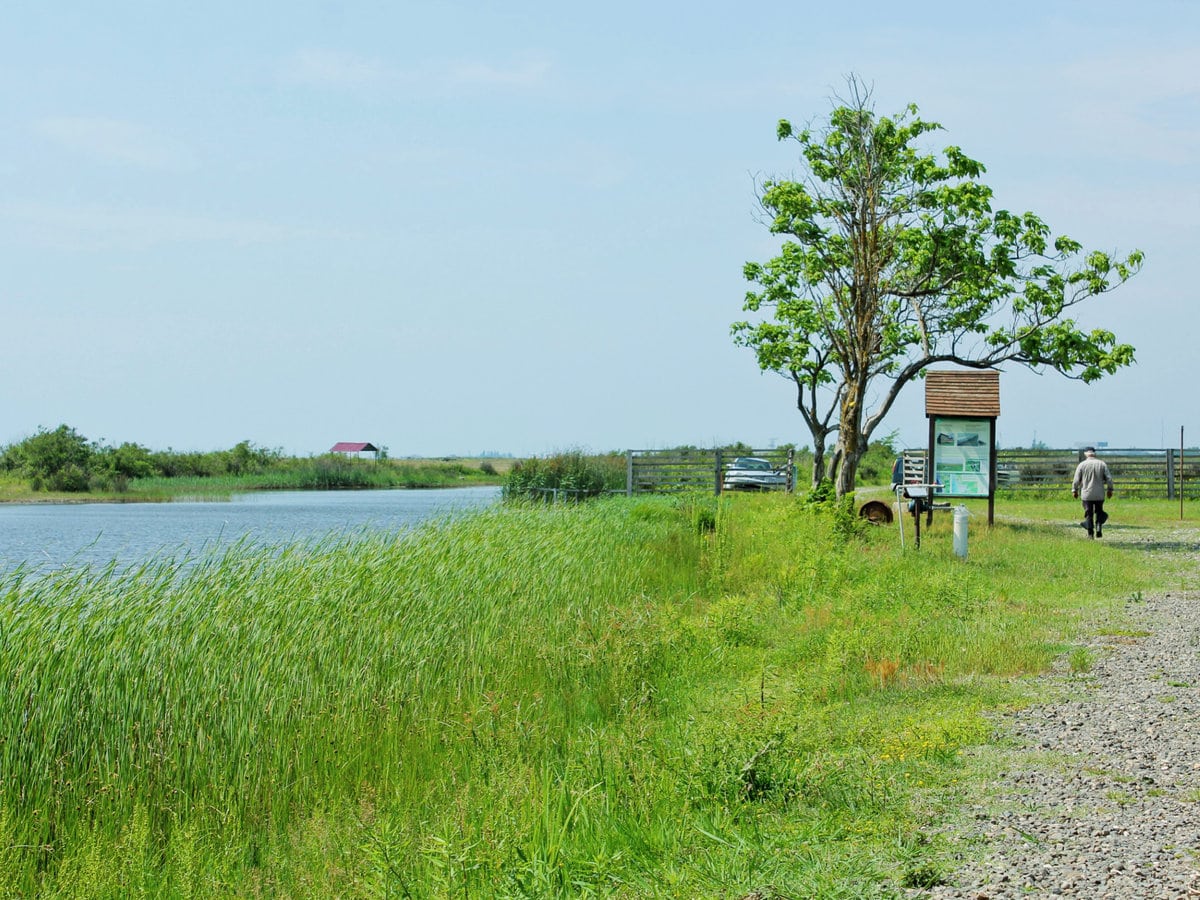
Of all the national parks in Georgia, Kolkheti National Park is one of the least well-known. It’s also one among the smallest, with a meagre 28,940 hectares (71,512 acres). This small, level area, which borders Poti, a port city on the country’s west coast that isn’t really worth seeing, is most known for being a protected wetland area. Bogs, marshes, and other wet habitats make up around half of the national park; some of these areas have received official UNESCO recognition.
Founded in 1998, this region provides an entirely distinct experience compared to Georgia’s other national parks. Most visitors instead explore the area on boat cruises rather than climbing the region’s massive peaks and challenging climbs.
On these boat trips, you’ll see endless varieties of plants, trees and birds (some local, some migrating), and sail along both Pichori River and Paliastomi Lake.
You can easily reach Poti by marshrutka, from both Batumi (from the Intercity bus station) and Tbilisi (from Didube bus station).
5. Tusheti National Park
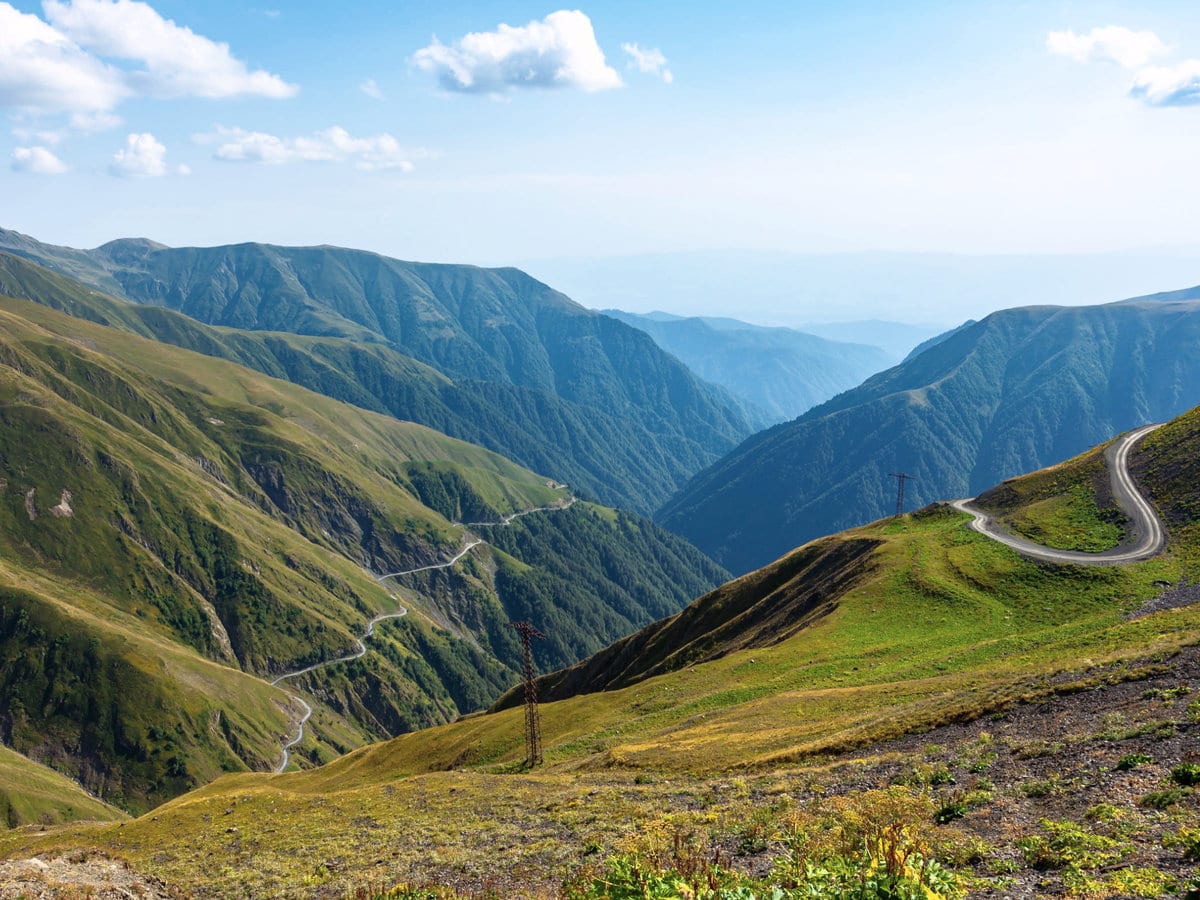
The most hazardous road in Georgia is located in the remote Tusheti National Park.
The only way to enter and exit the national park, aside from taking a helicopter ride (no, that’s not a joke), is via this frequently inaccessible road, which passes over the dangerous Abano Pass (2,826 meters/9,271 feet).
To ensure your safety, it is advisable to hire a reliable private driver in the city when travelling from Tbilisi to the destination.
The most remote area in Georgia is Tusheti National Park, a fantastic choice if you’re looking for some truly remote and rural adventures. You’ll find the renowned tower villages (which are also found in Svaneti), fantastic dramatic climbs (both short and long), and perhaps the cutest homestays you’ve ever stayed in. Tusheti National Park, which occupies 83,453 hectares (206,220 acres) and is located in the northeast of the country, was granted official national park status in 2003.
6. Vashlovani National Park
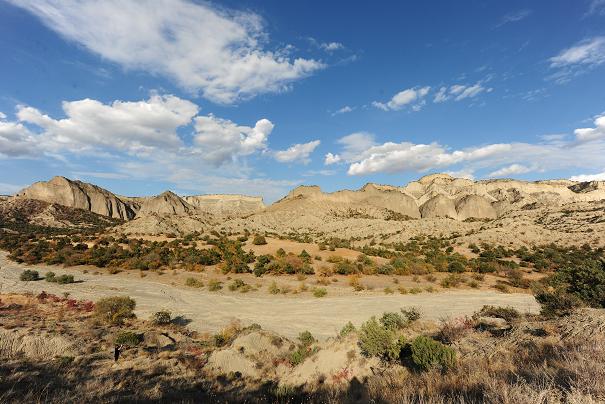
Georgia’s Vashlovani National Park is a quite small area located in the extreme southeast.
Measuring about 35,292 hectares (87,208 acres), it is located directly on the border with Azerbaijan. Despite its small size, it is one of the most unique and fascinating regions of the country. It is the oldest of them all, having received official national park status back in 1935.
This location will demonstrate that Georgia is not all lush valleys and mountains as you may have assumed. It is desolate and arid, with a lot of narrow gorges, Dolomite-style peaks, dry, desert-like landscapes, and mud volcanoes. Hiring a driver with four-wheel drive is the best option if you want to visit the location (you may also hire a car without a driver, but the four-wheel drive feature is crucial). This area receives very few tourists, so don’t expect to find a lot of infrastructure or guided experiences.
7. Mtirala National Park
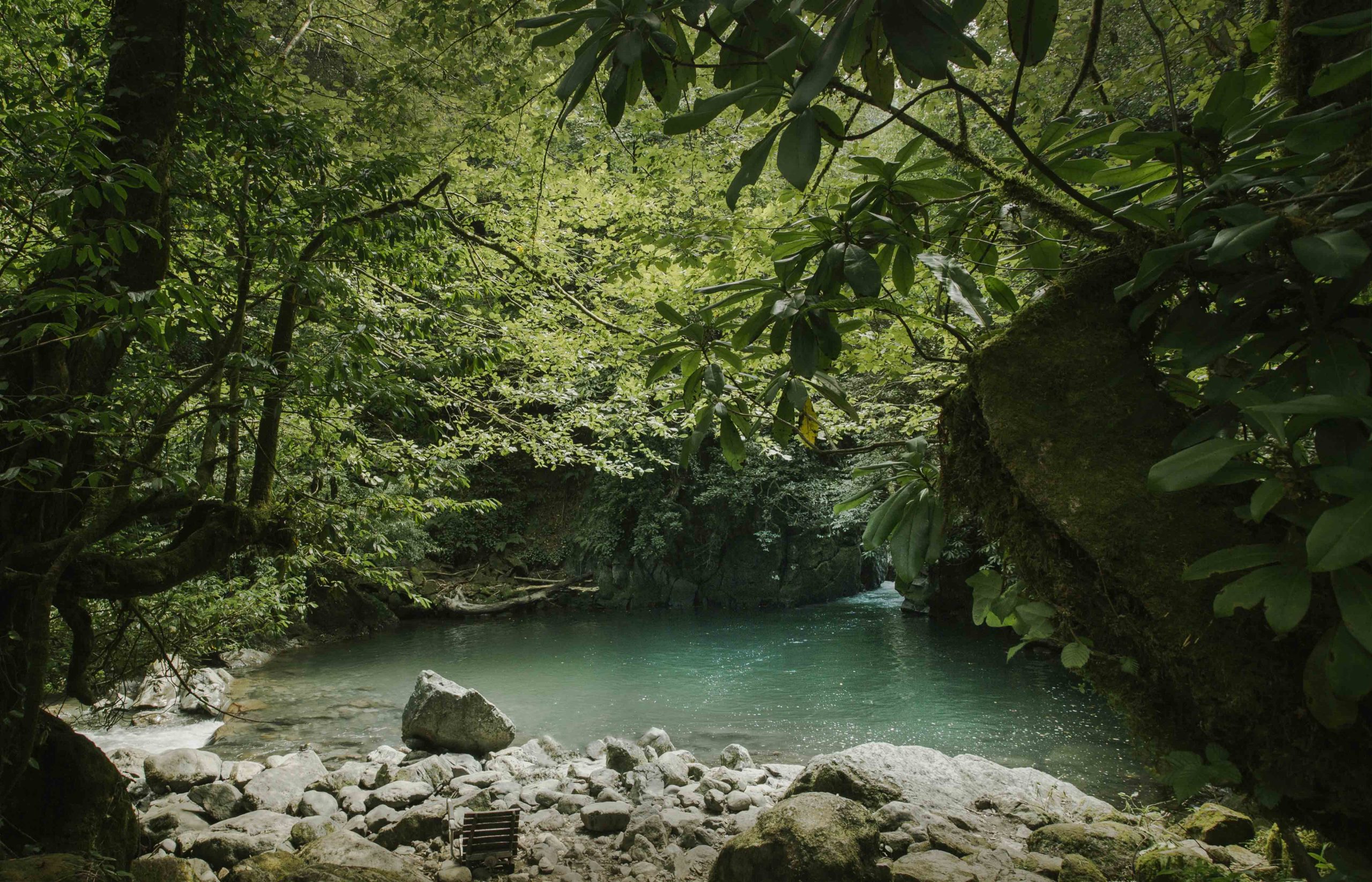
Located to the east of Batumi, Mtirala National Park is one of the easiest outdoor destinations in the country to reach. The Tsivtskaro Trail, a two-day hike that climbs 1,000 metres (3,280 feet) and spends the night in a basic tourist shelter, is the best (and most well-known) experience here. In addition, there is an easy-going forest track and other unmarked material. The park also features several wetland sections, a long zipline that spans 220 meters/722 feet, and a tonne of rare plants and flowers.
The park, which covers an area of about 15,698 hectares (38,791 acres), was created in 2007. The greatest place to approach the park is from Batumi, and this tour takes you around some of the best features of the park. Be advised that it rains a lot in Batumi and the neighbouring areas. Bring some waterproof clothing with you, no matter what time of year you travel.
FAQ’S:
Q1: Are there guided tours available in these parks?
Many of Georgia's national parks offer guided tours, especially those with historical significance. Check with each park for tour availability and schedules.
Q2: Can I engage in water activities in any of these parks?
Chattahoochee River National Recreation Area and Cumberland Island National Seashore provide opportunities for water activities such as kayaking, boating, and more.
